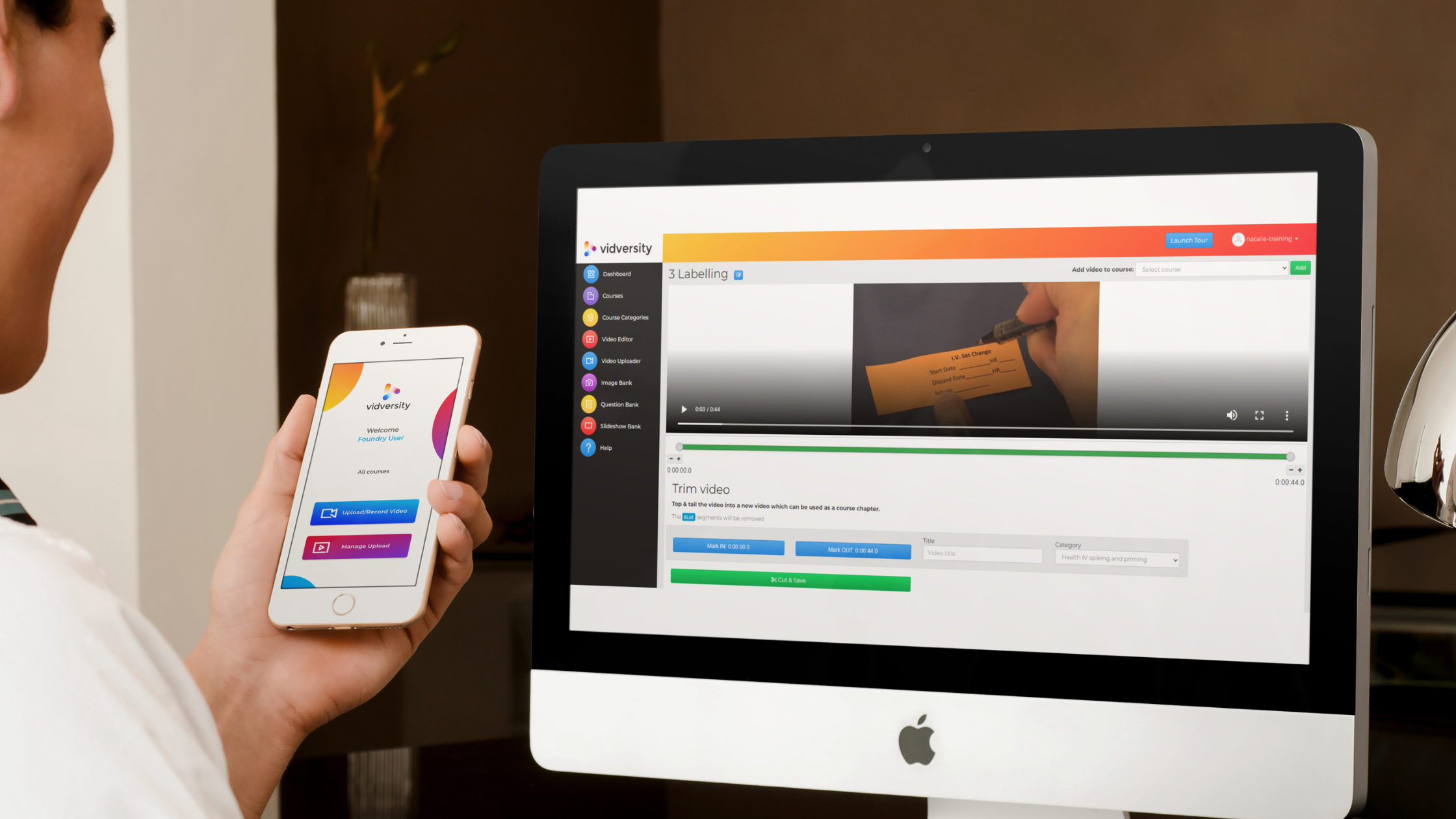In today’s fast-paced digital landscape, accessible software training has become essential organisations to ensure staff are competent and efficient users of internal systems. Video-based online software training has emerged as one of the most effective and popular methods to impart knowledge and skills. By blending visual and auditory elements, it caters to various learning styles, making the learning process engaging, accessible, and efficient. It is also fast to create and easy to update.
In this article, we will explore the best practices for creating video-based online software training that ensures learners can grasp complex concepts, retain information, and apply it effectively.
Define Clear Learning Objectives
Before diving into content creation, it is crucial to define clear learning objectives. Ask yourself what the learners should achieve after completing the training. Specific, measurable, achievable, relevant, and time-bound (SMART) objectives will guide you in developing focused and impactful content. But also ensure learners know where they are headed and how they can revisit any element of that content at any time.
Know Your Audience
Understanding your target audience is paramount. Consider their existing knowledge of the software, their roles, and their preferred learning styles. By tailoring the content to meet their needs, you increase the chances of keeping them engaged and motivated throughout the training. Consider key factors such as English as a second language, accessibility issues (subtitles etc) and the time they have to access learning.

Keep It Concise and Organised
In the digital age, attention spans are limited. To maintain learners’ interest, keep the training videos concise and to the point. Organise the content logically, breaking it down into smaller modules or chapters. This approach enables learners to absorb information incrementally and review specific topics as needed. Keep content short, no longer than 3 minutes if possible and embed additional learning resources by highlighting key points and providing summaries.
Plan your content but don’t overthink it!
As experienced learning consultants we often see organisations trying to ‘boil the ocean’ when planning online training. Planning is important but also ensure you get information to your staff quickly. If there is an update to existing software, record a short video and update the training immediately. If you are spending months planning the content, your learners is left without any training resources. Remember, learner first!
Create engaging learning but don’t forget the learner!
Visual elements play a vital role in capturing learners’ attention and enhancing understanding. Movavi is a great editing tool to enable you to zoom into screens, highlight key elements and add visual interest. Keep in mind that software does change and you will need to balance the complexity of the online learning you create against the that you will need to regularly remove content and update it.
Provide Hands-On Practice
Effective software training involves hands-on practice. Consider incorporating interactive elements such as simulations, quizzes, and exercises that allow learners to apply what they have learned. Hands-on practice reinforces understanding and builds confidence in using the software effectively.\
Use a Conversational Tone
Adopt a conversational and approachable tone throughout the training videos. Avoid using overly technical jargon, and explain complex concepts in simple terms. This creates a friendly learning environment, putting learners at ease and encouraging active participation. You can address your learner directly by using direct language such as ‘you’. And don’t forget that you can acknowledge the online format in any voiceover content. Speak directly to the learner by telling them they will ‘now complete an online quizz’ and how to access additional help.

Optimise for Mobile Devices
In today’s mobile-centric world, learners access training content from various devices. Ensure your videos are responsive and optimised for viewing on mobile devices. This flexibility enhances accessibility and enables learners to engage with the training on-the-go. Don’t forget many of your staff may not be sitting at desks. Health care workers, drivers and warehouse workers will be on the move and mobile learning may be the most effective.
Seek Feedback and Iterate
Encourage learners to provide feedback on the training. Feedback is invaluable in identifying areas of improvement and refining the content. Act on constructive criticism and continuously update the training to ensure it remains relevant and effective. And don’t forget to respond to that feedback by keeping online learning up to date and by responding quickly to changes.
Conclusion
Video-based online software training is a powerful tool for giving your staff the skills they need to thrive in the digital era. By following these best practices – from defining clear objectives and knowing your audience to creating engaging visuals and seeking feedback – you can create highly effective and impactful training that empowers learners to master software with confidence. Remember, the key to success lies in creating content that is informative, engaging up to date, and tailored to the needs of your audience. Happy training!
Subscribe to our newsletter to find out about our upcoming webinars, workshops and to access the latest and greatest in online learning. Visit the Vidversity website.





